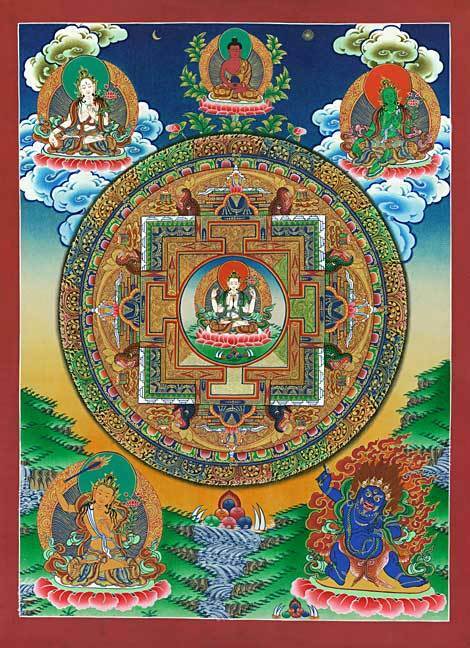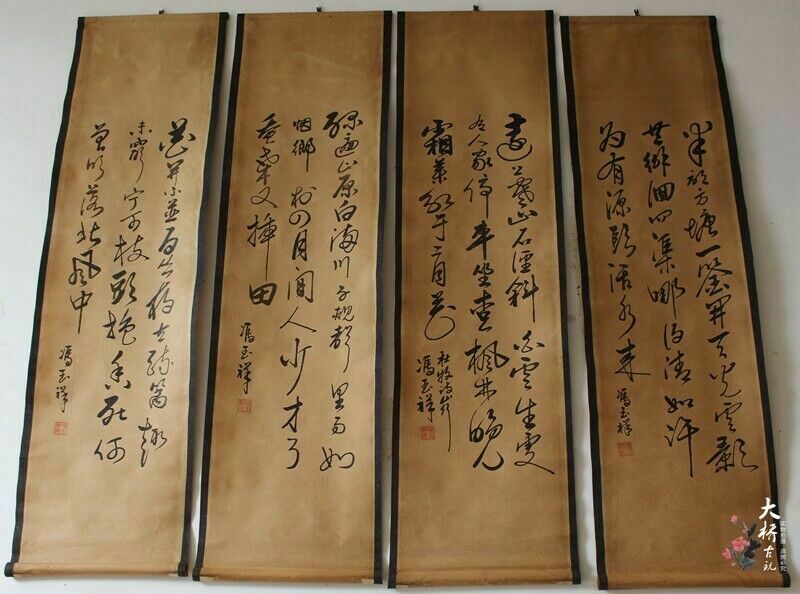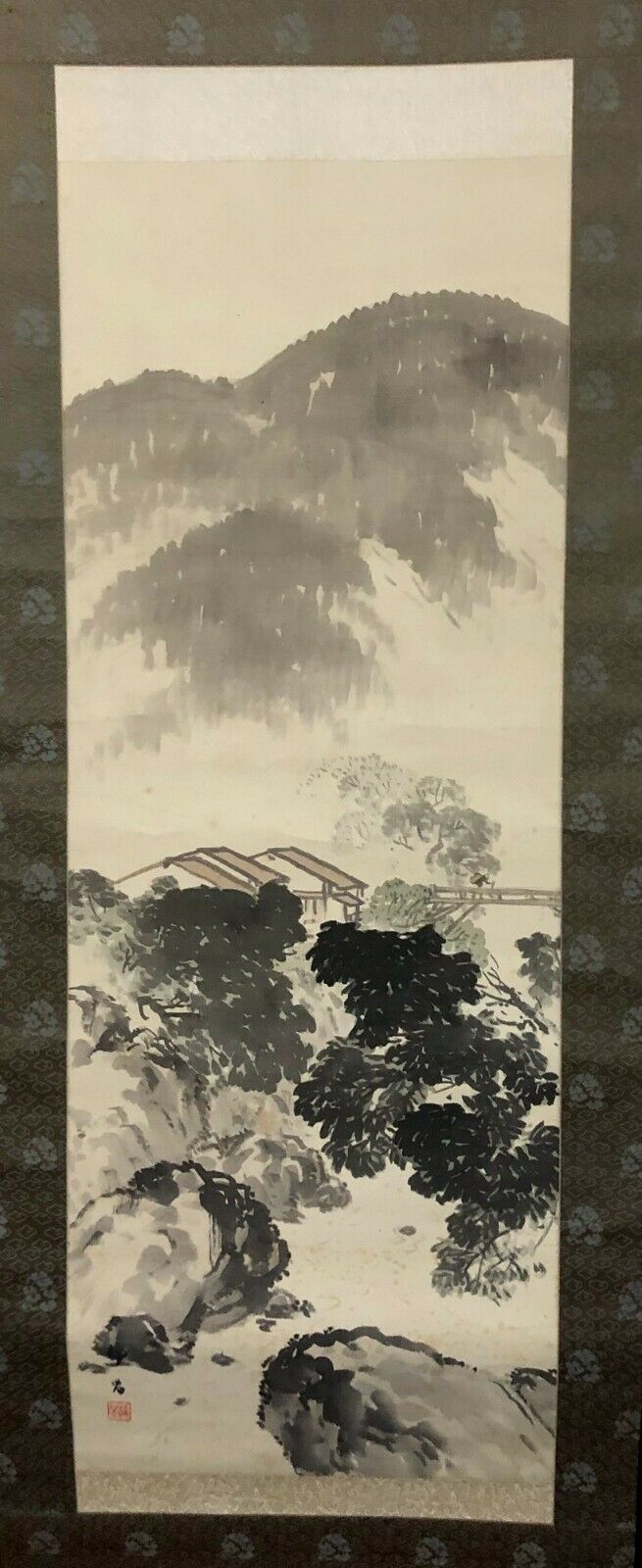-40%
Large Chinese Painting Attr. to Chen Shaomei 陈少梅 (1909-1954)
$ 1151.04
- Description
- Size Guide
Description
**This store is where an old collector of Chinese paintings offers for sale items that he finds interesting, beautiful and thought-provoking.
Each buyer is invited to use his/her judgment as to the probability of authenticity of the paintings - that is where the fun of collecting is
.
**
This is a masterpiece in its own category... With Huang Qiuyang*, Chen Shaomei is among the rare painters of the first half of the 20th Century who continued to paint "as if" within the age-old tradition of Chinese landscape. The result is often beautiful in that all the landscape elements and features inherited from previous centuries are recalled in fresh and often bold compositions, with diverse brush techniques applied within the same painting.
*
See the painting attributed to Shitao listed here - most likely a work by Huang Qiuyuan (
黄秋园
1914-1979).
This composition in blue and green is referring to the oldest tradition in Chinese landscape painting, known as Blue and Green Shan Shui
青绿山水 and initiated by
Li Sixun during the Tang Dynasty.
The painting is still 'modern' in the sense that its composition is more self-conscious and its colours are more nuanced and freely interacting with each other, while there is a lot of experimentation with expressive brushwork. The mountain is a fortress protecting the palace, with
rough patterns on its face deliberately sketching almost recognizable forms often distantly human-like, creating an impression of
a multitude of receding anonymous figures
, as in some natural Mount Rushmore. (Going a step further than the already wild Palace of Nine Perfections by
Yuan Jiang (active ca.1680-1730).
The interpenetrating mist surfaces are left in white, with the enclosed central one seeming to support the massive rocky expanse above it. The jewel-like palace is nested among rugged rock formations, while the modest abode is bathed in the serenity of pale coloured hills. Details of the huge rock on the left are almost cubist in style, while ordinary people engage in routine activities under the towering mass at whose tip is perched their hut, overlooking distant mountains. Pine trees (a classical theme) are both in the foreground and in the distance, with three levels of detail, from the foreground (on the right) with a lyrical duo in full foliage dress flanked by a pair or rocks in deep blue, to the middle distance (around the humble compound) with small pale green drop-shaped strokes blending between black ones, and farther away with only black strokes for the branches There is a rendering of depth in crevasses, with similar treatment, but with duller colours and strokes. Here, the artist pushes to the extreme the expressive possibilities of the 'axe-cut' stroke (like chopped wood) he borrowed from Li Tang 李唐 (1050-1130) and Xia Gui 夏圭 (1195-1224) (Song Dynasty), and probably the Japanese tradition which continued its use (cf. Sesshū Tōyō - 1420-1506) until the early 17th century.
The accenting use of an antique blue, in seemingly random parts of the represented mountain, creates a striking paroxysm of colour contrasting with the white mists and
pale green hills. (Conversely, the oldest examples of Chinese blue-green landscapes are often saturated with intense colour. See:
Wang Ximeng's A Thousand Li of Rivers and Mountains - Dated 1113).
Another definitely 'modern' aspect of this painting is the fact that the eye is strongly pulled towards the left foreground, as opposed to the traditional right to left sequence of vision in ancient Chinese horizontal paintings, which were meant to be unrolled starting from the right. (The handscroll was one of the four traditional formats, the other three being the hanging scroll, the album and the small fan-shaped painting.)
An added archaism
is apparent in the calligraphic style of the inscription, reminiscent of
the “Slender Gold” style (瘦金體) invented by Emperor Huizong (1082-1135), which has been described
as "like floating orchid leaves”
.
There are
two seals and one
inscription
attributed to this artist.
Mounting
size: 83 x 30 inches
Painting size: 69 x 23 inches
You are invited to look at the other works listed on this site. I offer a
5%
discount on each of two items purchased at the same time,
10%
on three items, etc. in 5% increments. Multiple purchases will also benefit from combined shipping - actual shipping cost instead of total of listed shipping charges.
I accept returns
shipped
up to a week after reception, provided the item is in the same condition and the buyer pays both shipping charges.
Shipping Worldwide: Canada Post Xpresspost $ 85, insurance included.



















